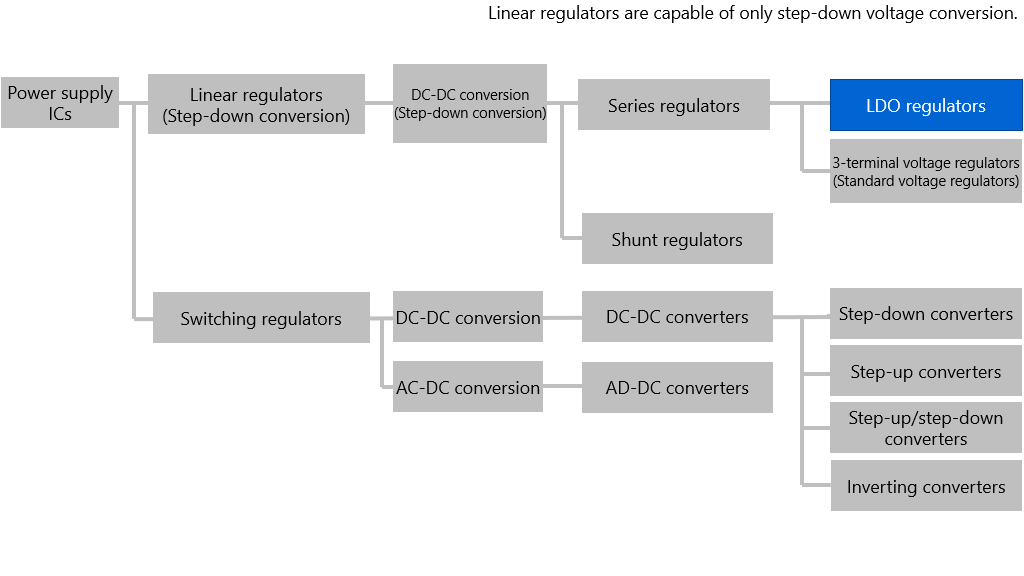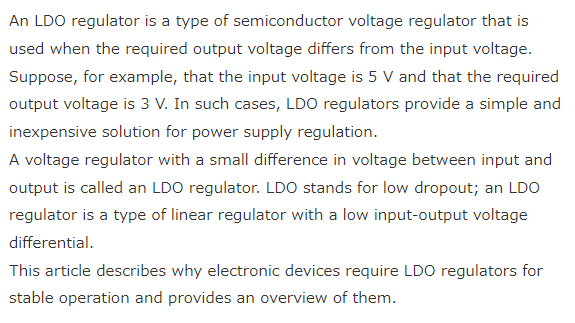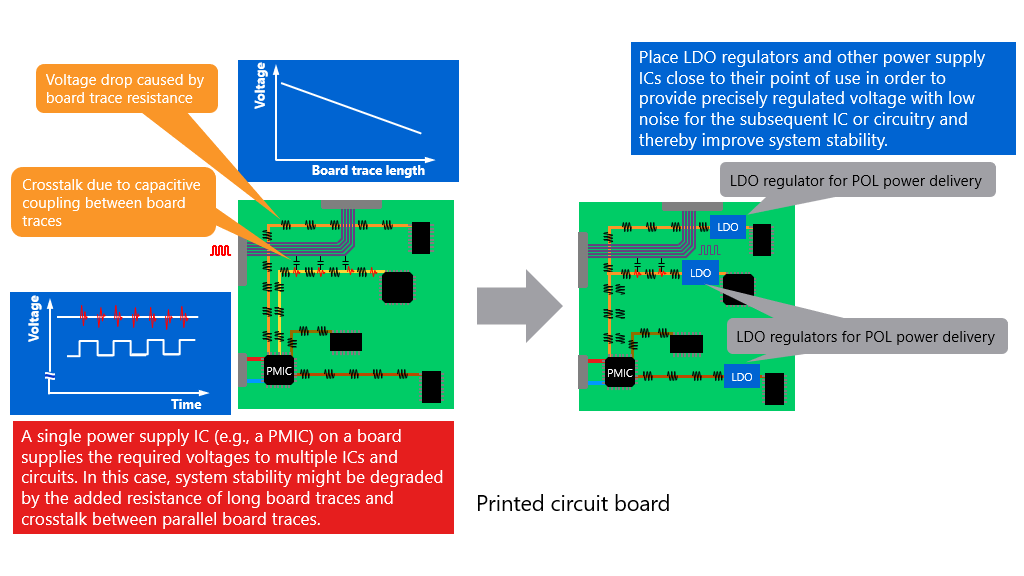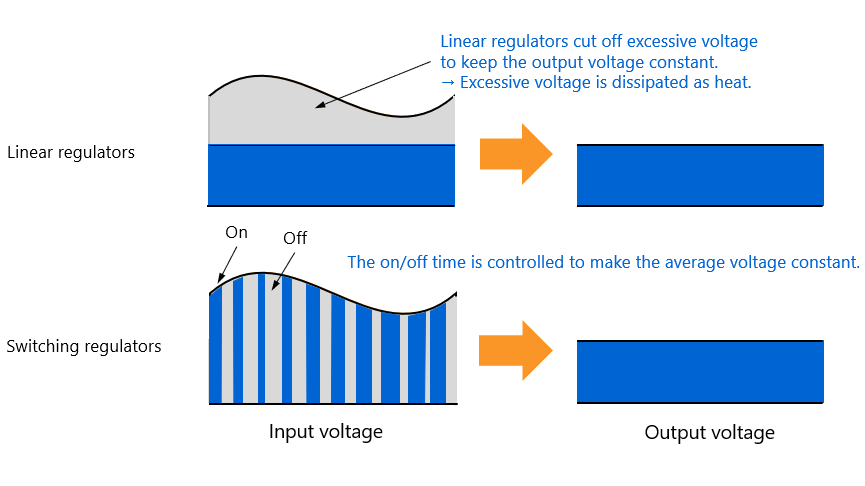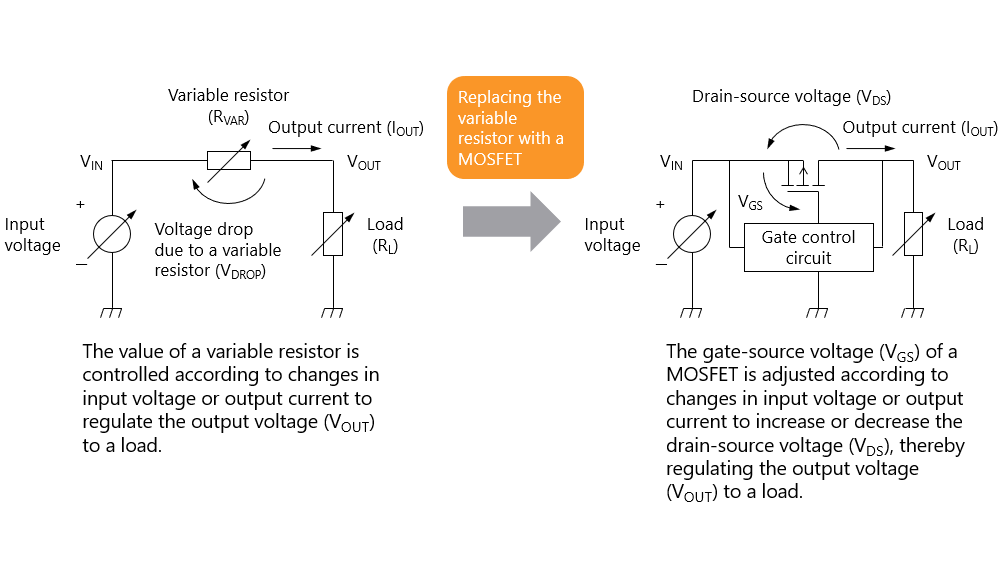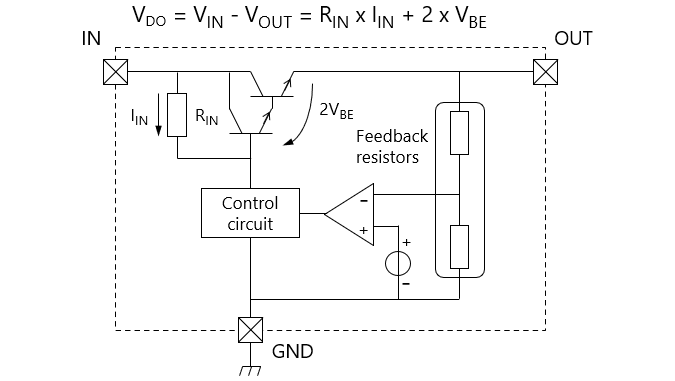- 型号 & 关键词搜索
- 交叉搜索
- 参数搜索
- 库存查询与购买
This webpage doesn't work with Internet Explorer. Please use the latest version of Google Chrome, Microsoft Edge, Mozilla Firefox or Safari.
请输入3个以上字符 Search for multiple part numbers fromhere.
The information presented in this cross reference is based on TOSHIBA's selection criteria and should be treated as a suggestion only. Please carefully review the latest versions of all relevant information on the TOSHIBA products, including without limitation data sheets and validate all operating parameters of the TOSHIBA products to ensure that the suggested TOSHIBA products are truly compatible with your design and application.Please note that this cross reference is based on TOSHIBA's estimate of compatibility with other manufacturers' products, based on other manufacturers' published data, at the time the data was collected.TOSHIBA is not responsible for any incorrect or incomplete information. Information is subject to change at any time without notice.
请输入3个以上字符
1-8.串联稳压器电路配置
串联稳压器基本由以下四个部分组成:
输出晶体管
输出晶体管串联在串联稳压器输入输出引脚之间。随着输入电压或输出电流的变化,误差放大器信号控制其栅极电压或基极电流。因此,输出晶体管起可变电阻的作用,保持输出电压稳定。
参考电压源
这是误差放大器的参考电压源。误差放大器根据这个参考电压控制输出晶体管的栅极或基极,保持输出电压稳定。
反馈电阻
反馈电阻对输出电压进行分压并产生反馈电压。误差放大器比较反馈电压与参考电压,控制输出电压。两个反馈电阻串联在VOUT和GND引脚之间。电阻之间的中点电压施加到误差放大器。
误差放大器
误差放大器比较反馈电压(即两个反馈电阻的中点电压)与参考电压。当反馈电压低于参考电压时,误差放大器提高MOSFET驱动力,降低漏源电压,从而增加输出电压。
当反馈电压高于参考电压时,误差放大器降低MOSFET驱动力,增加漏源电压,从而降低输出电压。
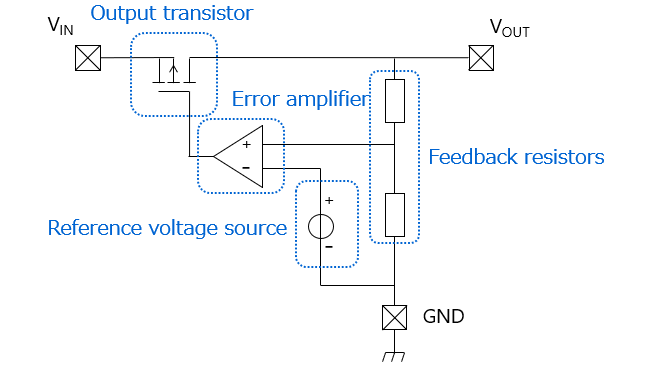
第Ⅰ章:低压差(LDO)稳压器介绍
相关信息
- 产品
低压差稳压器(LDO稳压器) - 应用说明
应用说明 - FAQ
LDO稳压器 - 参数搜索
LDO稳压器 - 库存查询与购买
库存查询与购买


